Religion has the utmost significance in Ethiopia. Much of the country’s tradition, value system, and culture stem from a religious background. However, religion has perhaps the most influence on Ethiopia’s history. Religious institutions are as ancient as the country itself, and they have been responsible for preserving many ancient texts, artifacts, and sites. Several sacred places and activities are registered as UNESCO world heritage sites.
According to a survey by the CEOWORLD Magazine, an estimated 99.3% of Ethiopia’s population is considered religiously affiliated as of 2020, making Ethiopia the 4th most religious country in the world.
To this very day, the influence of religion can be seen in the day-to-day life of an Ethiopian. One can see religious icons (like crosses) on cultural clothes. One can also observe religious references in everyday conversations, swearing the name of saints, thanking their respective Gods during greetings, and many more.
Ethiopia is a secular country, meaning no official state religion. However, this wasn’t the case until 1974. The Solomonic dynasty led the land, with the Ethiopian Orthodox church by its side for thousands of years. With the fall of the monarchy and the establishment of an atheist government by the Derg in 1974, Christianity as a state religion ended in Ethiopia. The country has been a secular state ever since.
Ethiopia is as diverse in religion as it is in every other aspect. It is a melting pot of various beliefs existing harmoniously. Each religion has its festivals, contributing to its vibrant cultural scene. Large mosques and churches dot the streets of Addis Ababa and every other city. Overall, in the religious setting, one can easily witness Ethiopia’s beauty in its diversity.

Currently, Christianity and Islam are the two largest Ethiopian religions. Judaism, traditional beliefs, and paganism exist in small numbers. But perhaps even smaller is the religiously unaffiliated population, being almost non-existent. Religious institutions can be considered one of Ethiopia’s most influential entities. And their influence is still unparalleled. The Abrahamic religions (Christianity, Islam, and Judaism) have a history that dates back for more than thousands of years.
CHRISTIANITY RELIGION IN ETHIOPIA

History of Christianity Religion in Ethiopia
The history of Christianity in Ethiopia is instead a fascinating one. Ethiopia has a unique relationship with Christianity mentioned in the bible 20 times.
For I [am] the LORD thy God, the Holy One of Israel, thy Saviour: I gave Egypt [for] thy ransom, Ethiopia and Seba for thee.
Isaiah 43:3
Unlike other African countries, Christianity did not come through missionaries. The Ethiopian church was established in the mid-4th century A.D, sometime before Christianity even came to western Europe. Christianity came to Ethiopia during the Axum era, after King Ezana, who ruled the kingdom of Axum, converted into the faith. There is also a biblical story in the Book of Acts about the Ethiopian eunuch (ኢትዮጵያዊው ጃንደረባ – Ethiopiyawiw Janderba) who encountered Philip the evangelist and converted to Christianity.
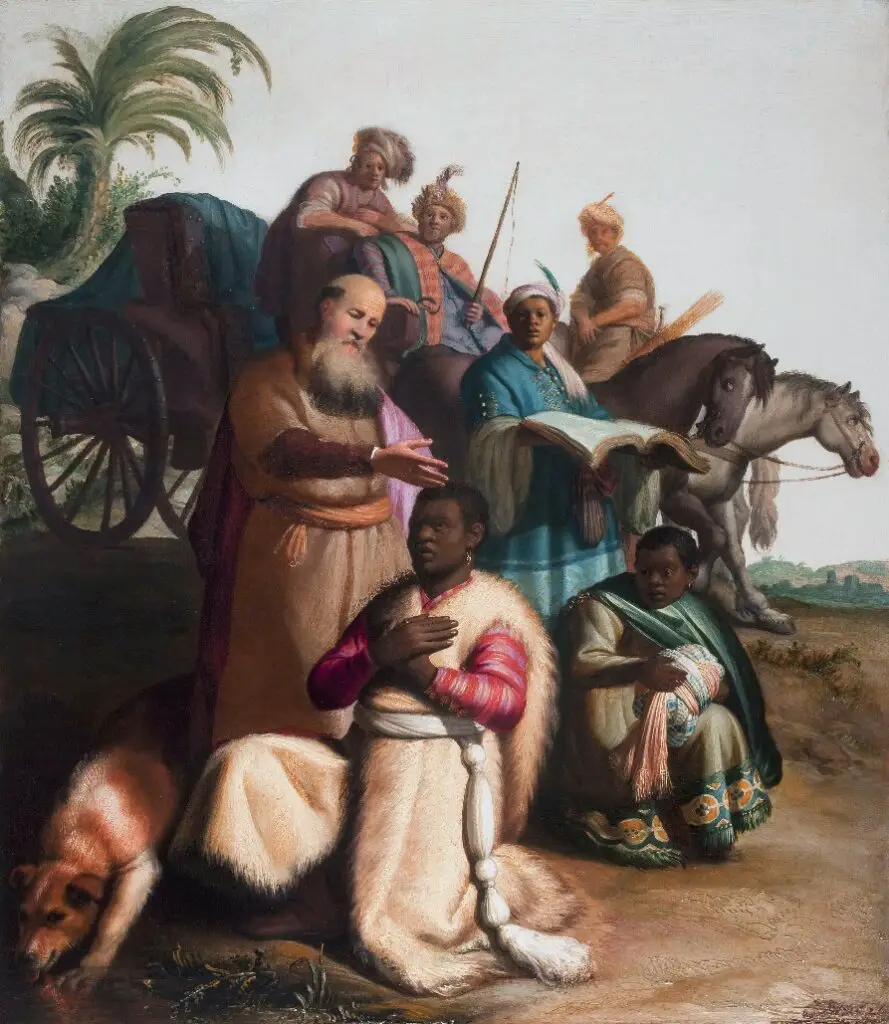
At 330 A.D, Christianity has declared the state religion in Ethiopia. That helped spread the faith and built the influence it has today. Currently, there are many denominations of Christianity practiced in Ethiopia. Of those denominations, the Ethiopian Orthodox Tewahedo Church and the various Pentecostal congregations have the most prominent followers, together accounting for 62% of the population.
THE ETHIOPIAN ORTHODOX TEWAHEDO CHURCH [EOTC]
![THE ETHIOPIAN ORTHODOX TEWAHEDO CHURCH [EOTC] - The main religion in Ethiopia](https://typicalethiopian.com/wp-content/uploads/2022/02/5-1024x576.jpg)
The Ethiopian Orthodox Tewahedo Church (from now on referred to as the EOTC) is one of the world’s most enormous, most ancient, and most ancient churches. It is one of the very few African churches established before colonial times. The church has many similarities to the Coptic church of Egypt, and to this day, it is mistakenly referred to as a Coptic church. The EOTC used to be a part of the Coptic Orthodox Church until it was granted its patriarch in 1959. The church has one of the fascinating religious traditions in the world. Those traditions are reflected in art, festivals, and various rituals like fasting and baptism.
Art and Music

Christian art in Ethiopia goes as far back as establishing the EOTC. All ancient churches and monasteries in Ethiopia have walls and ceilings decorated by magnificent paintings that are centuries old. Old bibles and other ancient manuscripts containing similar illustrations can also be found in these churches and monasteries.

These artworks are mainly used to tell stories – stories that can be found both in the bible and other religious texts. These paintings often depict biblical characters having Ethiopian features. A darker skin tone and an afro are present in many of the characters of these paintings. Several Pan-African historians who believe that Jesus was a black man usually refer to these ancient paintings to prove their point.

The EOTC music tradition has highly influenced the musical sound of Ethiopia. Prayers in the EOTC are often accompanied by melodic singings led by priests and deacons and engage the congregation. Saint Yared, an Ethiopian Saint and composer who lived in Axum in the 6th century, is accredited for the melodic prayers we hear today, Kidasse. The legend says that he received a revelation in which God sent him three musical tones in the form of birds: the Ge’ez, Izil, and Araray.

The Ge’ez alphabet is also a landmark achievement of the EOTC. Ethiopia is the only African country that has its alphabet and numeric system. These alphabets are used in various Ethiopian languages like Ge’ez, Amharic, and Tigrigna, and all of Ethiopia’s surviving ancient texts are written in the Ge’ez alphabet.

Holidays
Festivals and Holidays are among the most critical aspects of the EOTC’s tradition. Every day can be considered a holiday in this tradition as it is used to commemorate biblical figures and saints. The major holidays, however, are four; Mesqel (the founding of the true cross, celebrated every year on September 27th), Christmas (celebrated on January 7th), Epiphany (celebrated on January 19th), and Easter with a varying date every year.
Festivals
The holidays of the EOTC have their celebratory methods. It could range from a day of mourning to a commemoration feast. Two of the EOTC’s festivals are registered as an Intangible Cultural Heritage by UNESCO. These two festivals are Mesqel Demera and Epiphany.
Mesqel is a holiday that commemorates the founding of the true cross by the roman empress Helena. On the eve of the holiday, a unique festival is known as the Mesqel Demera. It is a festival in which a large bonfire, known as the Demera, is burnt to symbolize Helena’s vision. The legend says an angel instructed her to ignite a bonfire and follow the smoke, leading her to the true cross. The festival’s main venue is Meskel Square in Addis Ababa, which is named after the festival. However, people in all parts of the country gather in their neighborhoods, replicate a smaller version of the bonfire, and celebrate the holiday with their community.

The Ethiopian epiphany is another celebrated religious holiday in Ethiopia. Commemorating the baptism of Jesus Christ, the festival begins on the eve of the holiday. Tabots (replicas of the arc of the covenant that can be found in every EOTC) are carried out of their resting place and taken to a venue nearby. They spend the night there with an entire day of prayer and songs. The next day, these Tabots are carried back to their resting place after a baptism-like ceremony – in which a priest sprays holy water on the congregation – takes place. The city of Gondar is considered to be the primary destination for this holiday. However, a large celebration takes place in the capital in a venue called Jan-Meda. Other public venues are used to celebrate the festival throughout the country.
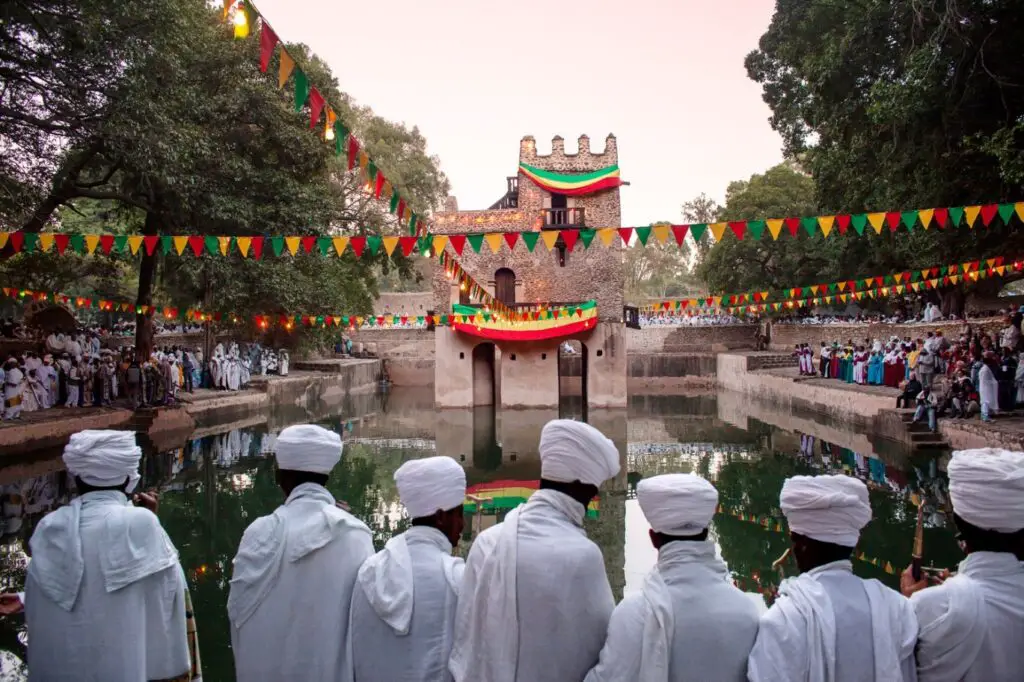
Fasting Seasons in the EOTC
In the EOTC tradition, every major holiday is preceded by a fasting season. There are three kinds of fasting conditions depending on followers’ age and health status.
- The first one is one in which believers are expected to abstain from meat and dairy products.
- The second one is a half-day fast, in which believers are expected to eat nothing for half the day (until noon) after which they can consume only vegetarian products. Believers are expected to do this from Monday to Friday every week throughout the fasting season. On the weekends, however, believers are not expected to fast for half the day, but still, have to abstain from meat and dairy products.
- The final and hardest fasting condition is a full-day fast, in which no food is consumed until 3 P.M. This comes with a daily 3-hour prayer that takes place in churches. Like the half-day fasting, believers are expected to do this from Monday to Friday.

There are seven official canonical fasts in a single year:
- The Fast of the Great Lent (known in Amharic as ዐብይ ጾም – Abiy Tsom) is a canonical fasting season that lasts for 55 days. The fasting season takes place in the days coming before the holiday of Easter.
- The Fast of the prophets (Tsome Nebiyat) is a fasting season that lasts for 40 days and ends on the eve of Christmas.
- Fast of Nineveh (Tsome Nenewe) is a 3-day fasting season that starts on a Monday that precedes the great lent.
- The Fast of the Holy Virgin Mary (Tsome Filseta) is a fasting season that takes place for 16 days starting from August 7th (Nehase 1st in the Ethiopian calander) to August 21 (Nehase 15th )
- The Fast of the Apostles (Tsome Hawariyat) begins on the day following the Pentecost and lasts until the fifth of July.
- The Fast of the Vigils (Tsome Gehad) is one-day fasting that takes place on the eve of Christmas and the eve of epiphany.
- The Fast of Wednesdays and Fridays is a fasting season that goes on throughout the year. Believers are expected to abstain from meat and dairy during Wednesdays and Fridays of every week, except for the days lasting between the Easter holiday and the Pentecost.
THE ETHIOPIAN PENTECOSTAL CHURCH

Pentecostalism in Ethiopia has a relatively short history. However, it has managed to spread faster than any other religion. The first Protestant pioneer missionary to Ethiopia was a German Lutheran missionary by the name of Peter Heyling. He arrived in Ethiopia via Cairo in 1635 at King Fasil’s request, shortly after the Jesuits were expelled. Peter Heyling came along with an Orthodox Bishop named Abuna Markos, who was being sent to Ethiopia from Alexandria. He got the idea to go to Ethiopia while studying in Paris under the famous Reformed theologian and lawyer, Hugo Grotius.
Together with some friends, he made the decision to make an effort to spread evangelical doctrine among the Orthodox churches in the Near East, including those in Abyssinia. Their aim was to renew these churches, not to form new ones. When his friends headed for other countries, Peter Heyling set out for Ethiopia. Having become a friend of the new Abun in Cairo, he traveled to Ethiopia with the Abun and found access to the court of the king in Gondar. As he was a physician, Heyling gained popularity in Gonder during the reign of Fasil. Additionally, Heyling was a brilliant linguist who translated the gospel of St. John into Amharic. Since only priests and scholars could understand Geez, the ancient liturgical language of the Ethiopian church, at the time, it was the first time that ordinary Ethiopians could read the gospel in their own language.
Accordingly, the Orthodox clergy were profoundly impacted by his work. Peter Heyling left Ethiopia in 1652 for a vacation in Egypt. Unfortunately, he was beheaded by the Turks on his way through Suakim. He was asked to deny his Christian faith and become a Muslim. However, he chose death rather than turn away from his Lord and Savior.
A few years later, in 1967, the Ethiopian Full Gospel Believers Church (Mulu Wongel Amagnoch Bete-Christian) was established. The movement has been growing ever since, and now, more than 13 million of the country’s population are followers of a Pentecostal congregation.
The Pentecostal churches of Ethiopia, for the most part, are similar in tradition to those found in other parts of the world. However, the Pentecostal church of Ethiopia uses the EOTC calendar and celebrates its holidays following it. There are no canonical fasting seasons in the Pentecostal churches. However, seasons of fast and prayer are announced from time to time.
ISLAM RELIGION IN ETHIOPIA

Islam is the second-largest religion in Ethiopia. More than 35% of the population are followers of this religion in Ethiopia. Like Christianity, the faith arrived in Ethiopia during the Axumite period and has grown ever since. Ethiopia is the first foreign country to accept Islam, and the two major religions (Christianity and Islam) have coexisted for centuries.
History
Islam is said to arrive in Ethiopia during the Axumite era. During an episode known as the Migration to Abyssinia or The First Hijra, followers of the Prophet Mohammed fled from Arabia, fearing prosecution by the Quraysh tribe. The followers arrived in the then Axumite Kingdom (modern-day Ethiopia and Eritrea) and were granted asylum by King Armah, who ruled the Axumite kingdom from 614 – 631 A.D. The group of exiled Muslims comprised 12 men and four women, including the Prophet Mohammed’s daughter, Ruqayyah, and his son-in-law, Uthman Ibn Affan. They settled in Nejashi, located in the Tigray region, and established the oldest mosque in the country, Al-Nejash.

Many of the exiles in Axum later returned to Mecca and joined the Hijra to Medina with Prophet Mohammed in 622 A.D. However, religion stayed and has become one of the most influential.
Ethiopia has a rich Islamic history. It is home to Harar, a medieval walled city considered the “fourth holy city of Islam,” according to UNESCO. The city was a hub to medieval Islamic kingdoms like Adal and existed as an independent emirate until the conquests of Emperor Menilik II. Islamic tradition and culture can be seen in the architecture and practice of this city and many other places of Ethiopia.
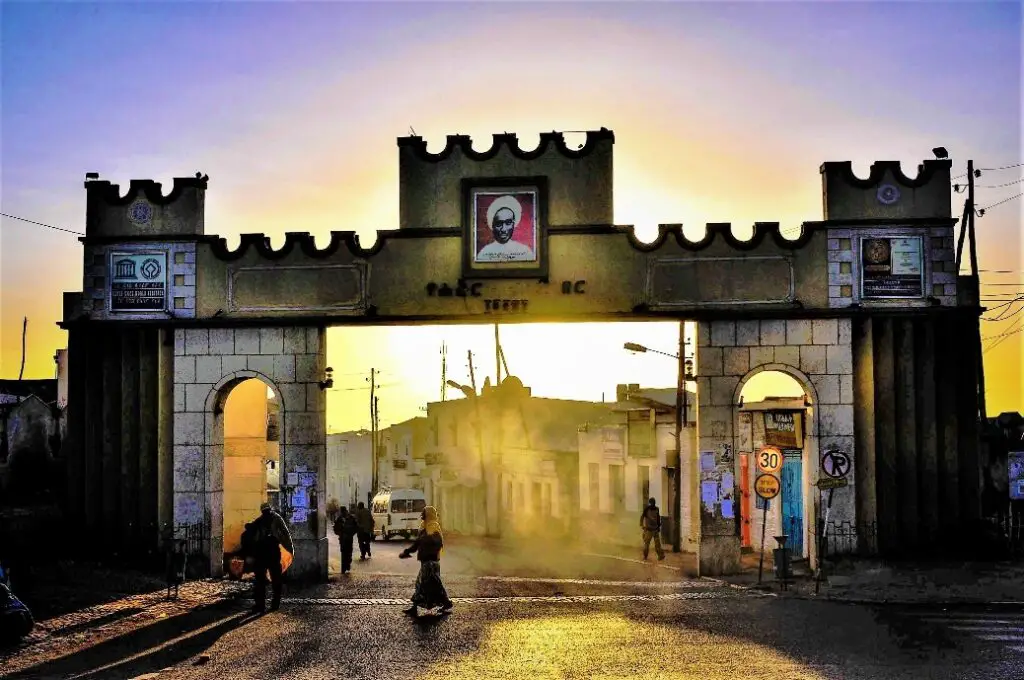
Fasting Seasons
There is only one fasting season in the Muslim tradition, in which believers are obligated to abstain from food, drinks, and sexual activities during the holy month of Ramadan. Generally, the fasting conditions expect followers of the religion to abstain from food and drinks every day until dawn. Unlike fasting in the EOTC, there are no restrictions on consuming foods. The meal eaten after completing a daily fast is known as Iftar. Fasting during the Ramadan season is compulsory, with age and health conditions exemptions.
Apart from Ramadan, there are voluntary fasting seasons:
- Any six days in the Islamic month of Shawwal (The month after Ramadan)
- Mondays and Thursdays
- The 13th, 14th, and 15th days of the lunar month, also known as the white days
- In the months of Rajab and Sha’ban before Ramadan, believers are encouraged to fast as often as possible.
- The day of Arafah, which is the 9th of Dhu al-Hija (the final month of the Islamic calendar)
- First 9 days of Dhu al-Hija
There are also days in which fasting is forbidden:
- The three days following Eid-al-Adha
- Eid-al-Fitr
- Fasting on only Fridays is also forbidden.
Holidays

There are five significant holidays in the Islamic tradition:
- Al-Hijra: Islamic New-Year
- Eid-al-Adha: is a four-day holiday commemorating the sacrifice of Abraham. It is also the season of Hajj, an annual pilgrimage to Mecca, the holy city of Islam.
- Eid-al-Fitr: is a holiday marking the end of the Ramadan fasting season.
- The Prophet Mohammed’s birthday
- The holy month of Ramadan.
JUDAISM RELIGION IN ETHIOPIA

The Beta-Israel is an Ethiopian Jewish religious community that has existed for more than fifteen centuries. It’s a community that lives in Northern Ethiopia. It has been ostracized and, at times, prosecuted by the Ethiopian empire until they started emigrating to Israel in 1934 and continue to do so today.
HISTORY AND RELATIONSHIP WITH THE ARK OF THE COVENANT
The Ethiopian Jewish history is said to have close ties with Israel. This is due to the legend found in Kebre Negast (The Glory of Kings), an ancient Ethiopian historical text. In that manuscript, the queen of Sheba, also mentioned in the bible, visits King Solomon of Israel to witness his wisdom. She birthed him a son, Menilik I, who returned to Israel and came back with the Ark of the covenant.

This story is believed to be the origin of Jewish tradition in Ethiopia. The arc of the covenant is still thought to be in Ethiopia, in the church of Zion Maryam, located in Axum, Tigray.

The Beta-Israel, as a highly isolated community, has developed religious practices that were somewhat different from the typical Jewish tradition. An example of this is forming an order of Ethiopian Jewish monks to strengthen the community and resist Christian influence.

Starting from 1934, the Ethiopian Jews have been migrating to Israel with the sponsorship of the Israeli government. Until today, Ethiopian Jews in the tenth of thousands have immigrated to Israel. There are small Jewish communities that exist in the northern highlands of Ethiopia. They are usually small and impoverished communities with little to no access to the world.
TRADITIONAL RELIGIONS IN ETHIOPIA

According to a census in 2007, an estimated 2.6% of Ethiopia’s population is affiliated with traditional religions. Many of those populations are located in Oromia and Southern parts of Ethiopia. It’s hard to trace the historical background of these religions, as there are no texts or artifacts that show their history. Of the existing traditional religions of Ethiopia, one is very popular for its annual festivals and has been getting growing attention.

Irreecha (One of traditional religion festivals in Ethiopia)
Irreecha is an annual thanksgiving holiday celebrated by the Oromo people of Ethiopia. It is celebrated to give thanks to the sky god (Waqqa). The festival is celebrated at lakes found across the Oromia region. The town of Bishoftu is seen as the ultimate destination of the holiday, but it’s celebrated throughout Oromia, including the capital, Addis Ababa. Many Oromo youths parade themselves in traditional clothing during the festival, singing celebratory songs. Once they reach a lake nearby, festival-goers use grass to sprinkle themselves with water, after which the older men give out blessings to the gathered people.

PAGANISM IN ETHIOPIA
Paganism is probably the rarest religious practice found in Ethiopia. They are practiced in Gambella, parts of the Southern People’s State, and in Oromia regions. Not much can be said about paganism in Ethiopia, except that it is practiced in the places mentioned above and that t is scarce.
ATHEISM IN ETHIOPIA
There is little to no data that shows the state of atheism and agnosticism in Ethiopia. However, atheism is said to have had a relatively larger audience during the late 70s up to the early 90s, which was during the reign of the Derg. The spread of communist ideology fascinated many young minds, who decided to abdicate their religious belief. Meskel Square, the venue where the Meskel holiday took place, was secularized and named Abiyot Adebabay (Revolution Square). The portraits of Karl Marx, Fredrich Engels, and Vladimir Lenin were upheld at the square and were jokingly referred to as the “new trinity.”

With the fall of the Derg, communist ideology faded, and so did the atheism that came with it. Although Ethiopia remained a secular state, atheism is now a rarity. No census shows how much of the population is atheist. However, one can indeed say that it is a small minority – if it even exists at all.
As you can see from the article, Ethiopia is as diverse in religion as in every other aspect. It indeed is a melting pot of various beliefs existing harmoniously.
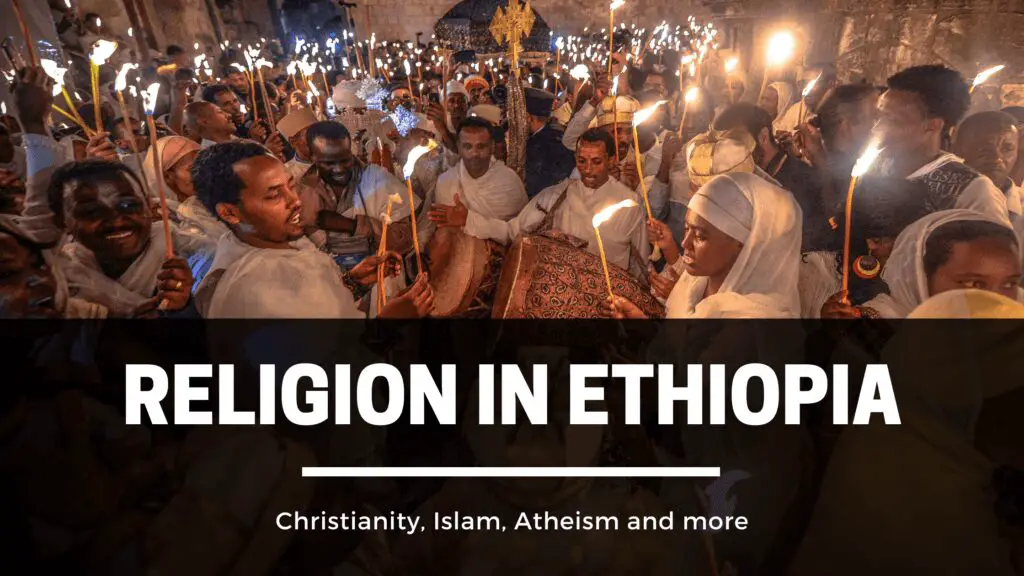

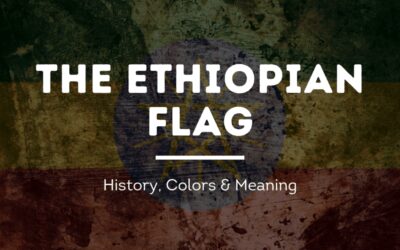
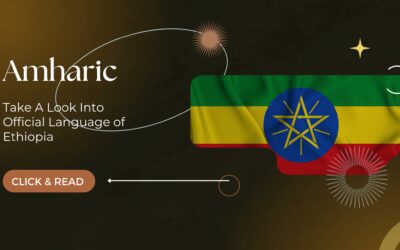

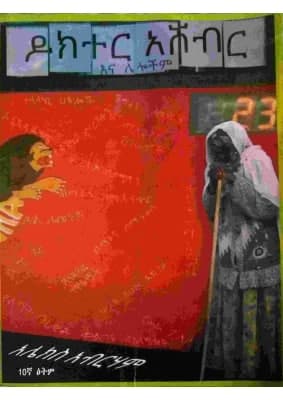
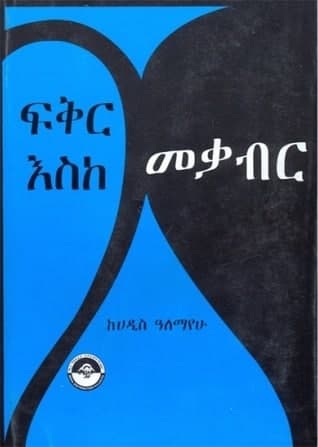
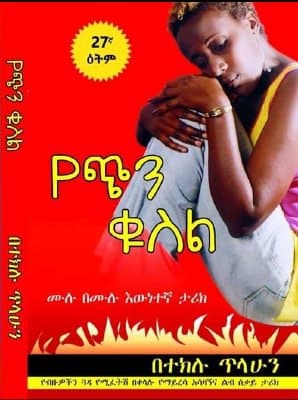
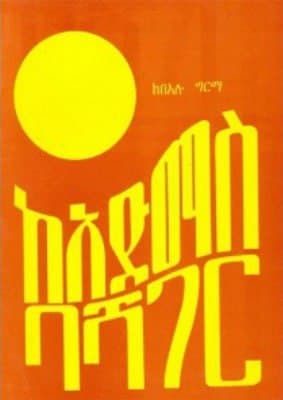
0 Comments